Cake UX Case Study
Product Designer & UX Researcher

Early Summer 2024
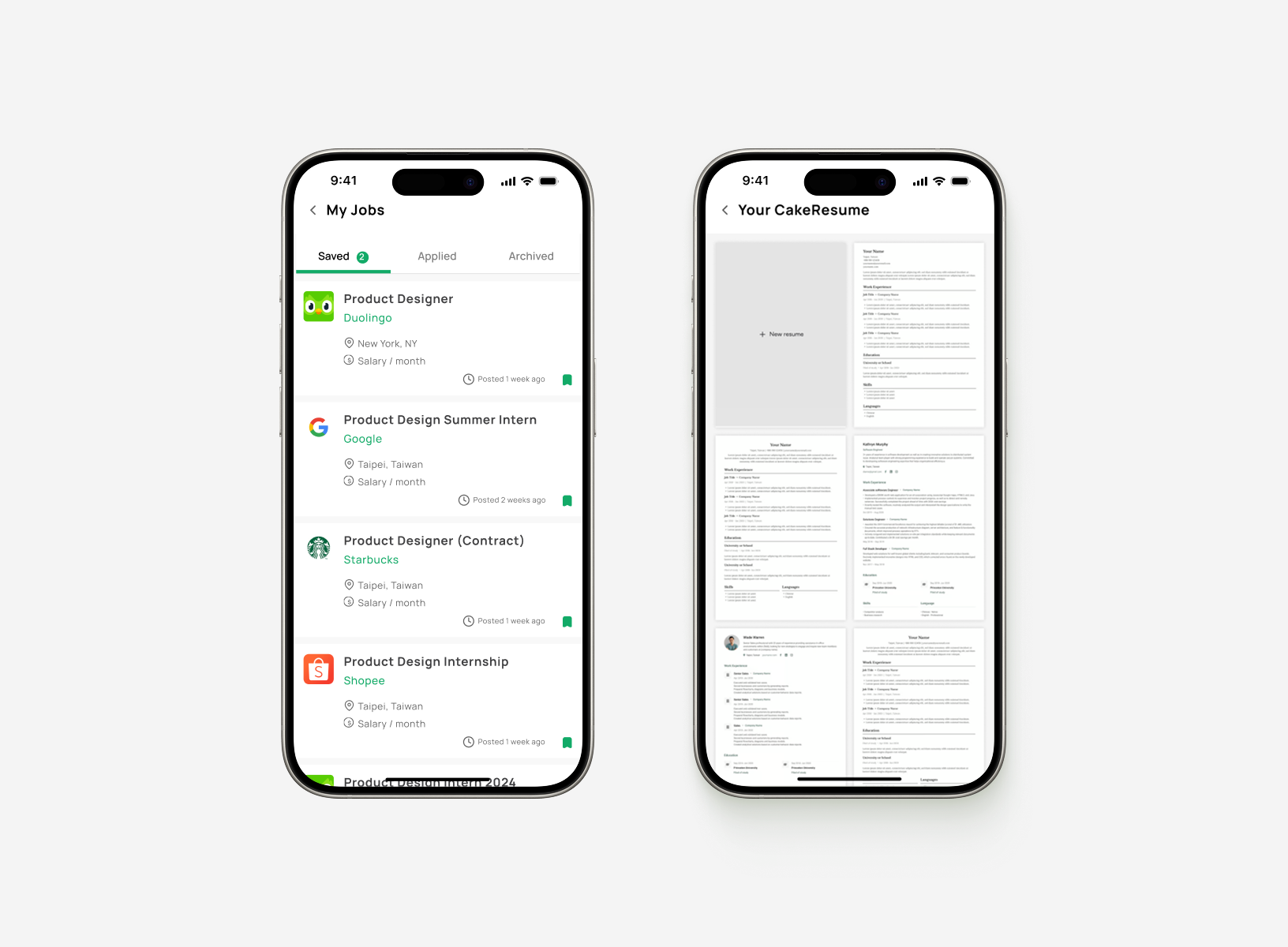
Just skimming? Here's the 1-min recap
A Tiny Redesign that Found Its Echo
This self-initiated case study explores how Cake could improve the job-seeking experience by listening to users—literally.
I read through 50+ App Store reviews and noticed two clear opportunities: stronger privacy controls and clearer job status. I also explored how Cake’s current business focus might unintentionally weaken its core offering—resume building is still desktop-only.
Two months later, Cake rolled out updates that closely mirrored what I had proposed.
See the story beneath the surface ↓
About Cake
Cake is a job platform known for letting users create custom resumes—and it’s one of Taiwan’s most recognized platforms, with nearly half of Taiwanese users on board.
Research Insights
Cake users want to grow their careers—but on their own terms, with moments of pause and privacy
From 50+ App Store reviews, two things came up again and again: limited privacy options and outdated job listings. These issues weren’t just user complaints—they were signs that Cake was falling behind its competitors.
Through a quick competitive audit, I found that platforms like LinkedIn and 104 had already addressed these emotional gaps, helping users feel safer and more informed while job hunting.
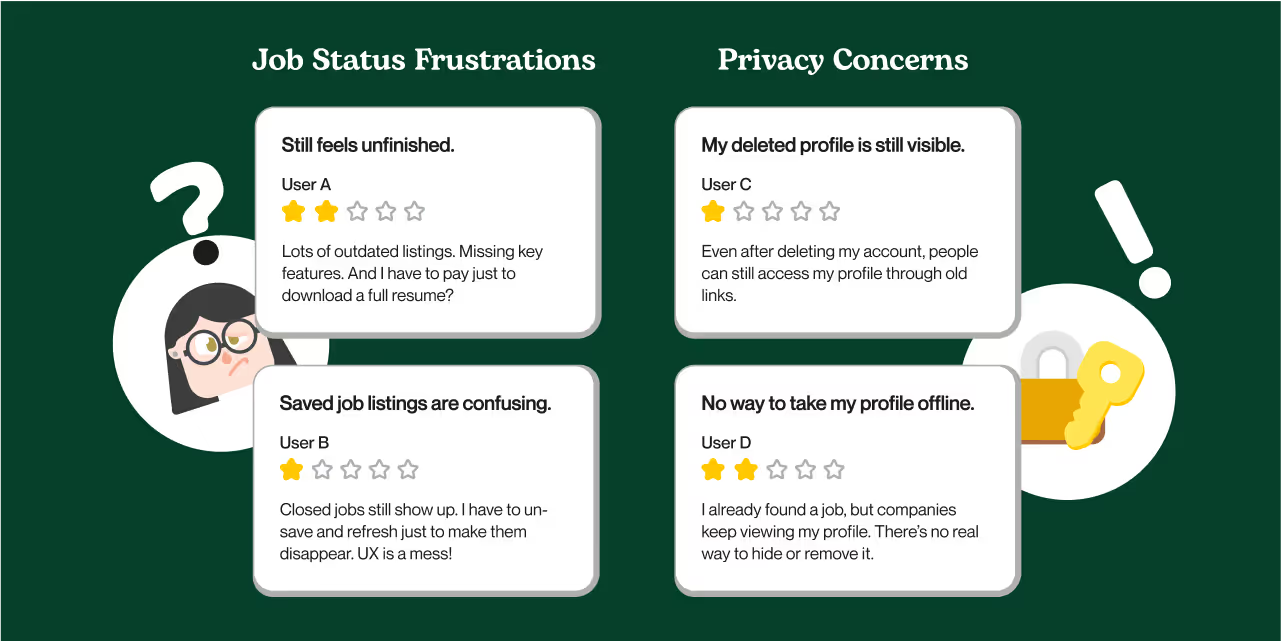
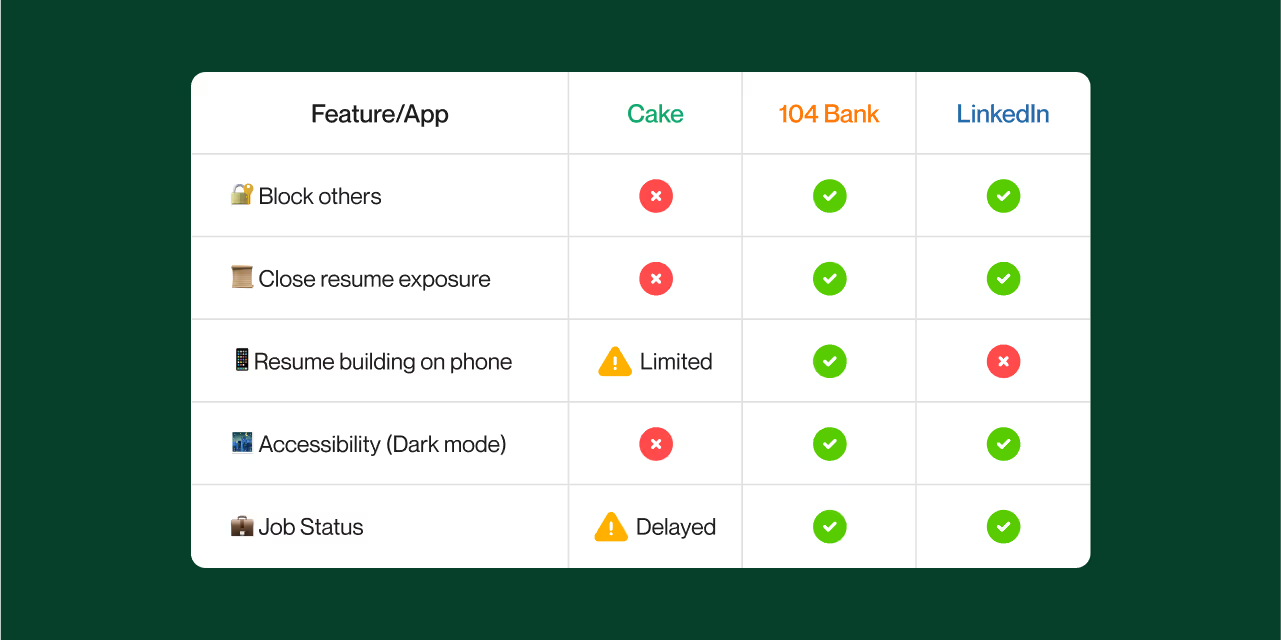
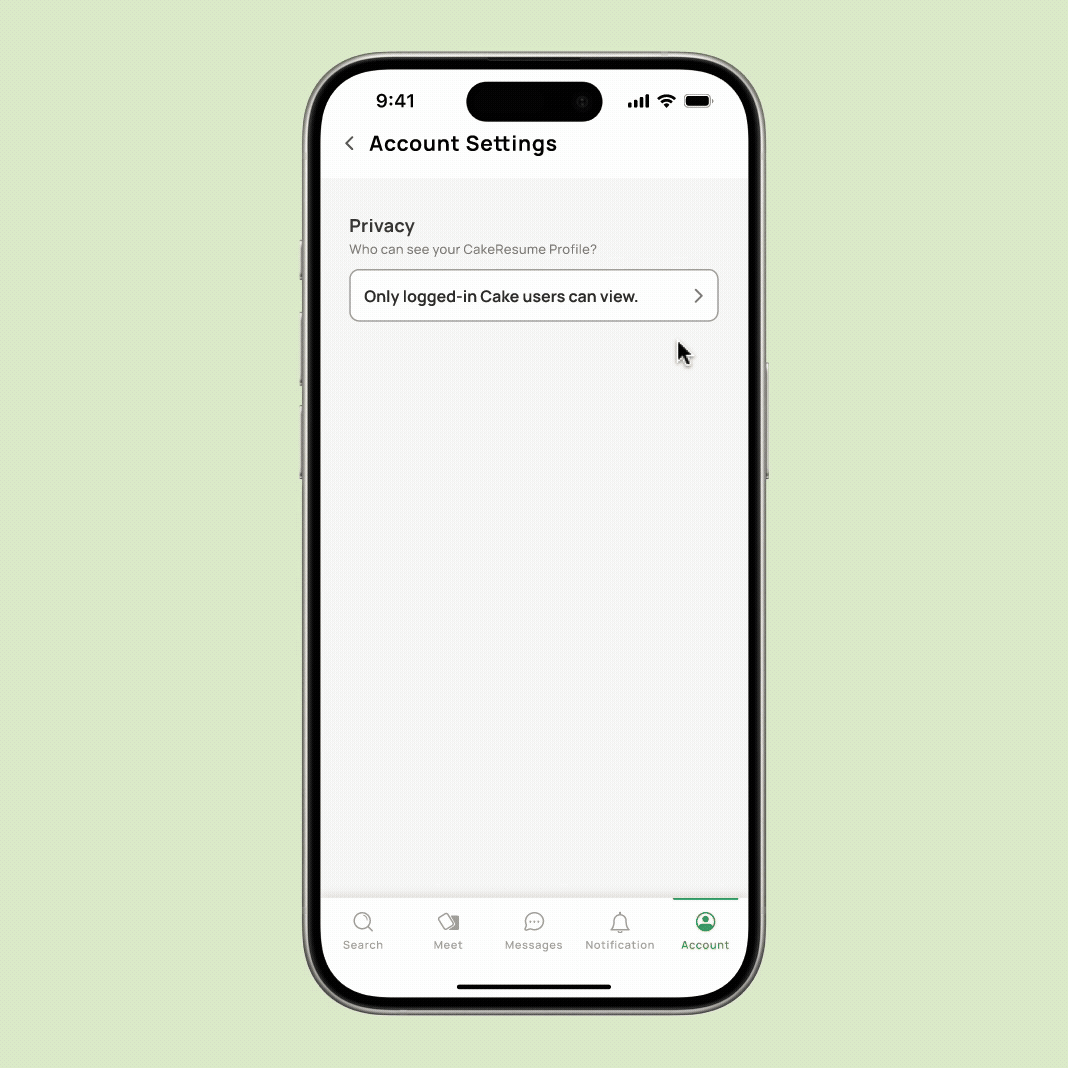
Problem 01
Limited Privacy Options
At the time, Cake only offered two visibility settings: open to Cake users, or visible to the entire internet.
That’s it. No way to job hunt quietly. No control over who could see your profile—even past employers or strangers.
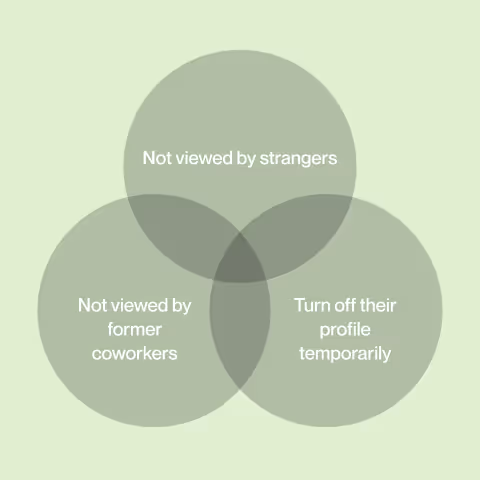
Design Focus
When does Visibility Feel Risky?
Based on user feedback, I identified three high-risk moments:
• When taking a break from job hunting
• When avoiding attention from previous coworkers or employers
• When not wanting strangers to access their profiles
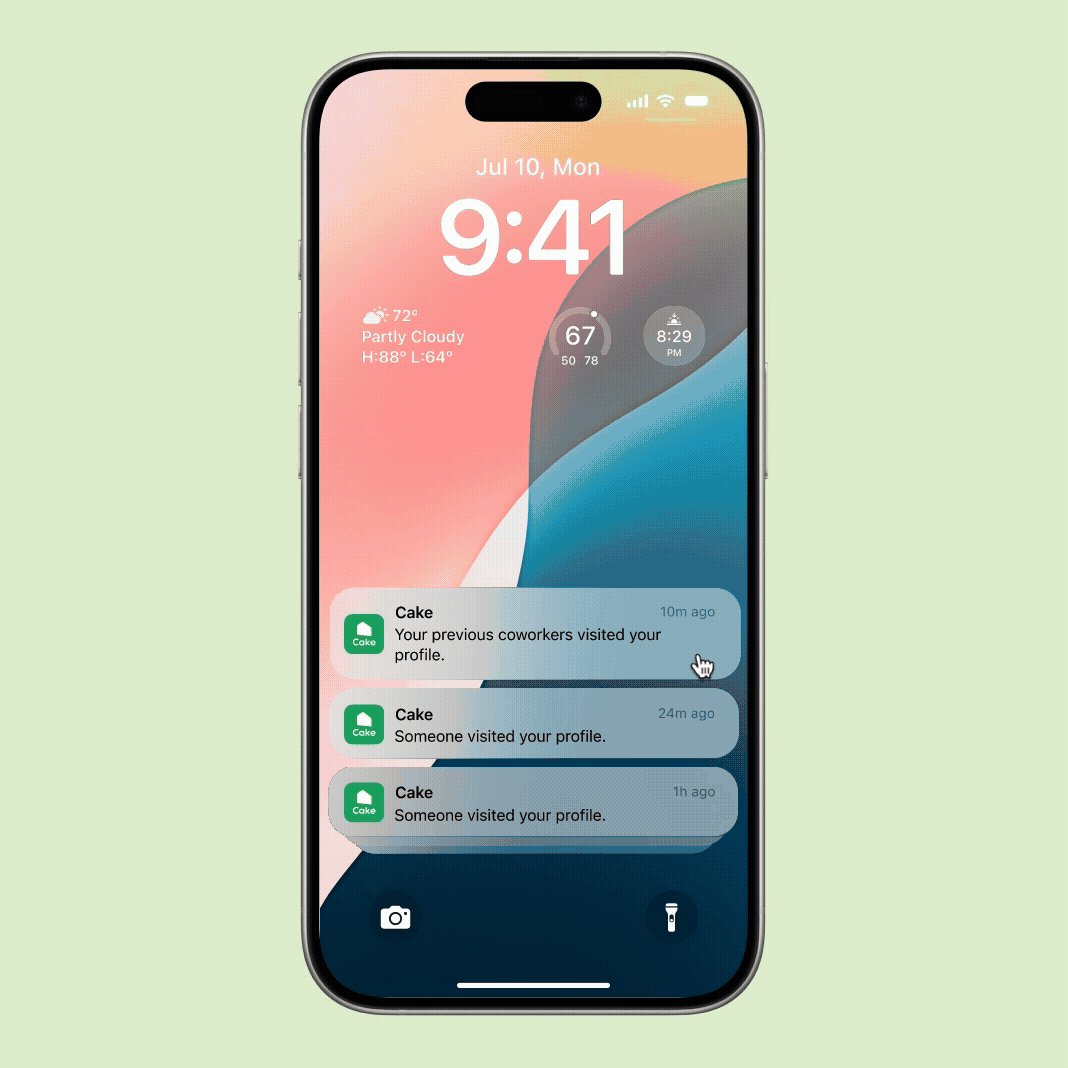
Solution
Privacy that Respects Boundaries
I proposed letting users hide their profile temporarily or block specific viewers—just like other platforms already do.
Because sometimes, the smartest move is staying under the radar.
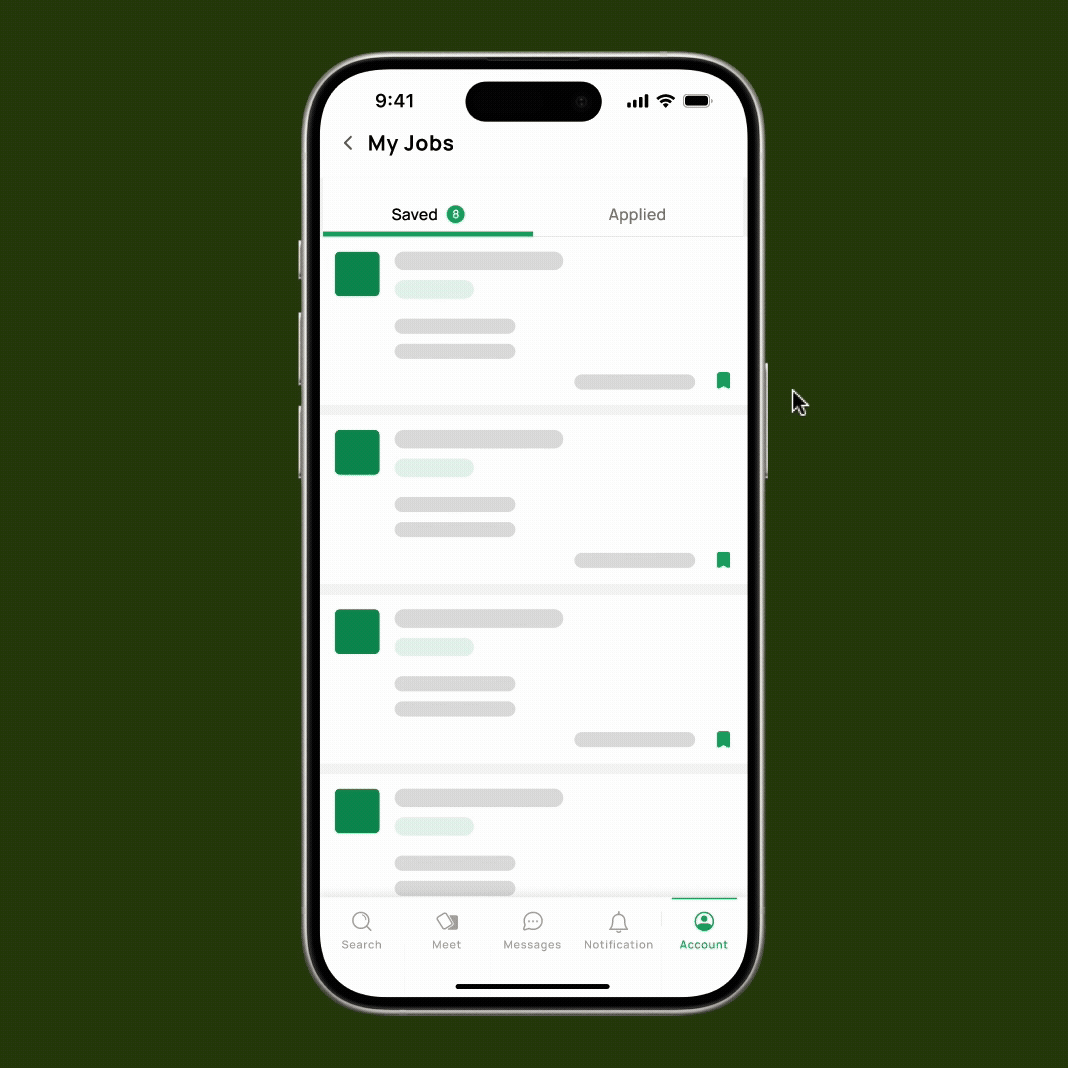
Problem 02
Outdated Listings, Wasted Time
Users kept landing on expired job posts—frustrating, especially when they had to click in just to find out the job was closed.
Do that a few times, and it starts to erode trust.
Iteration
Two Ideas, Different Tradeoffs
I explored two directions based on competitor benchmarks and Cake’s visual language:
• Plan A shows job status tags on all saved listings—informative but visually dense.
• Plan B uses a filter to sort by availability—cleaner and more focused.
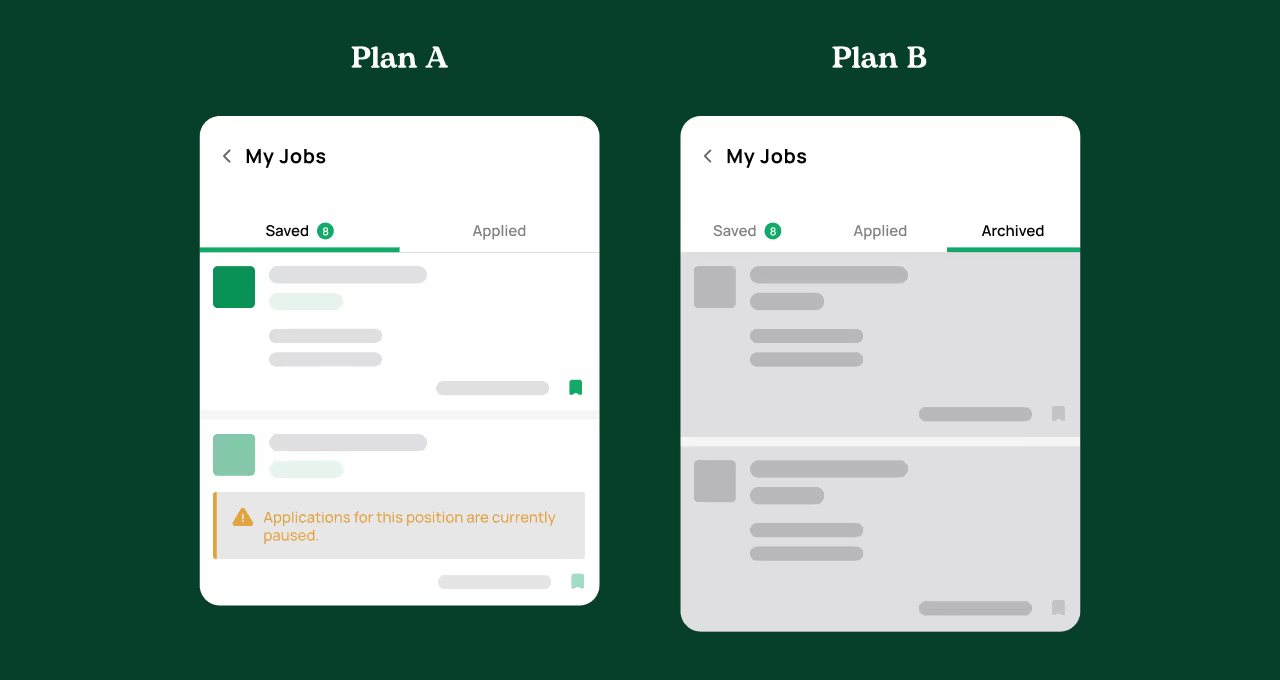
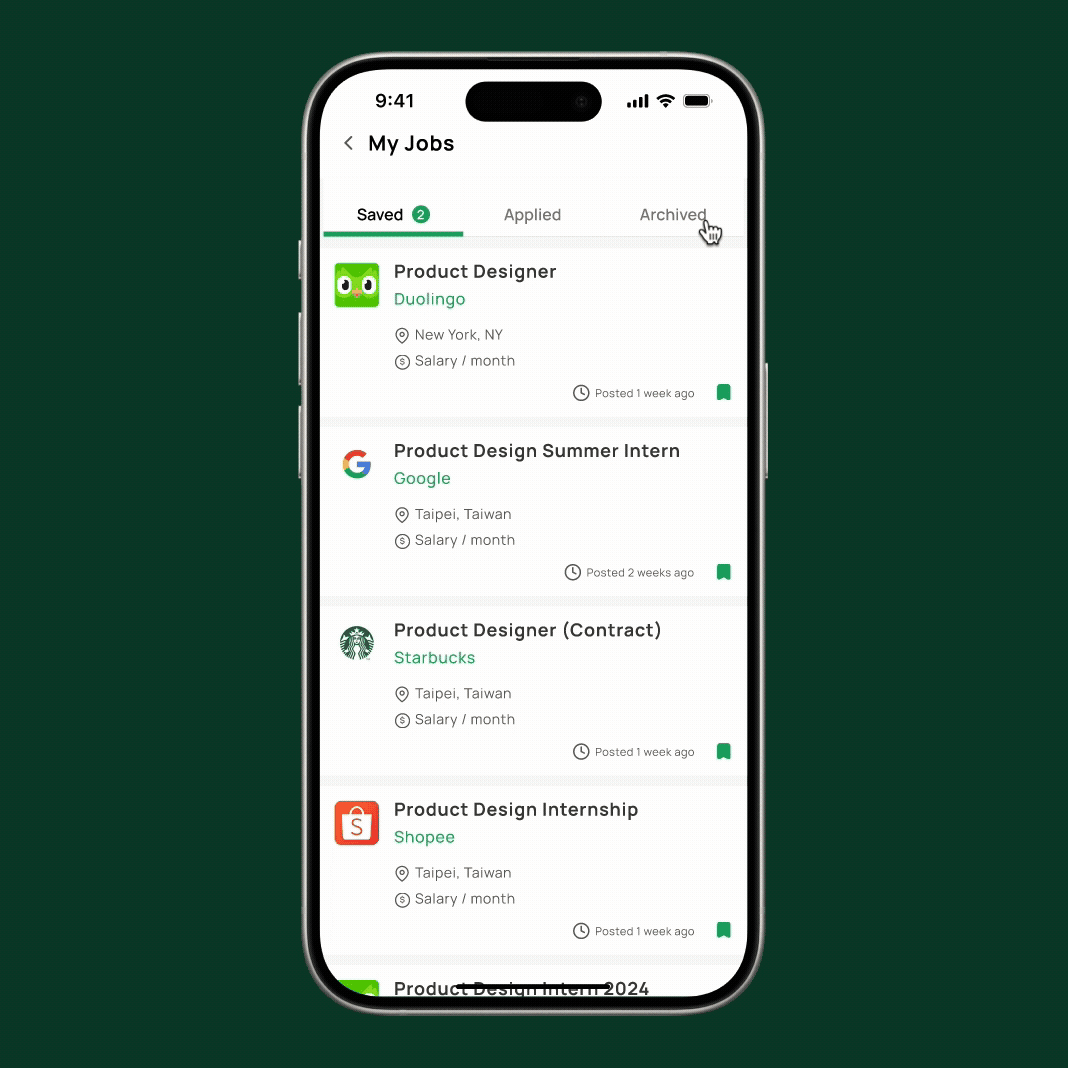
Solution
Clarity at a Glance
I chose Plan B for its simplicity and readability.
A status filter bar lets users instantly see what’s still open—faster scanning, fewer dead ends.
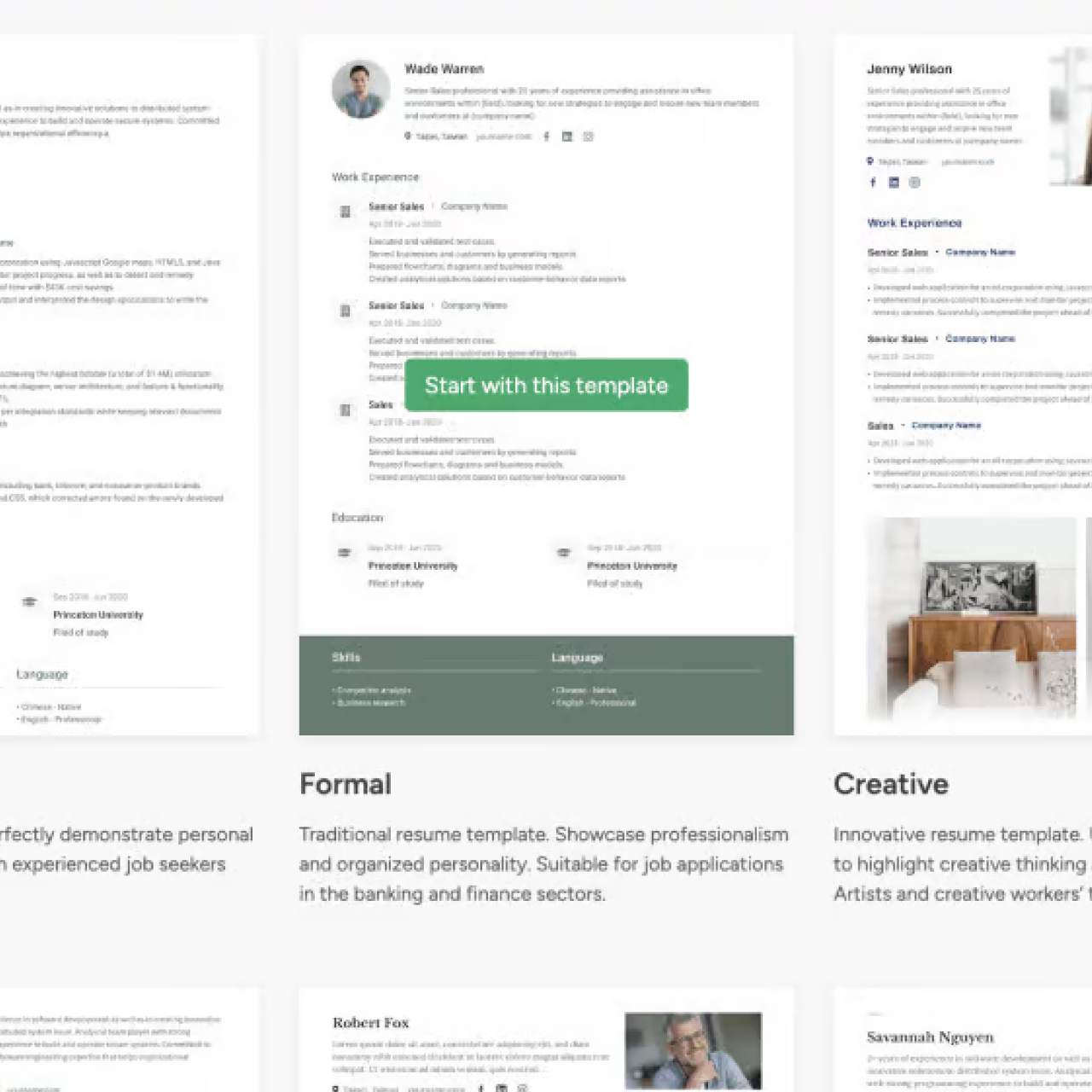
IMG Source: Cake.me
Problem 03
Resume was Still Desktop-Only
I saw an opportunity to strengthen Cake’s brand identity by turning their standout feature—custom resume building—into something accessible anywhere, not just at a desk.
.gif)
Solution
Resume Building that Moves with Users
I reimagined the current desktop flow into a mobile-friendly version, allowing users to update and build resumes on the go. Whether commuting or job searching between tasks, the experience stays smooth and empowering.
Validation & Outcome
Two Months Later: Echoes in the Real Update
Two months after this self-initiated case study, Cake rolled out new features that echoed my suggestions—with a 67% alignment.
• Resume editing is now mobile-friendly—highlighting Cake’s commitment to its core value
• Job status visibility was improved, helping users find relevant roles with ease
Reflection
What Went Well
• Surfaced strong user signals directly from public reviews
• Proposed features that later matched real product updates
• Reframed resume editing as a daily tool—not a sit-down task
What I’d Do Differently
• I overlooked the potential for autofill or backend-assisted resume editing
→ I had assumed users would want custom resumes per company, and missed the more common case of simply exporting work history. With more time, I’d optimize for both scenarios.
• I didn’t validate the emotional impact
→ Without testing, I couldn’t know how users really felt about flexible privacy or job status clarity. I’d love to hear feedback from real users—especially about editing resumes wherever they are.